BIM using benefits 2023
Using BIM (Building Information Modeling) offers numerous benefits to the construction and architecture industry. Here are some key reasons why BIM is widely adopted:
- Enhanced Collaboration: BIM facilitates improved collaboration among project stakeholders, including architects, engineers, contractors, and owners. BIM enables real-time sharing and integration of design, construction, and maintenance information, fostering better communication, coordination, and teamwork.
- Improved Design and Visualization: BIM allows for 3D modeling and visualization of building designs, enabling stakeholders to better understand and assess the project before construction begins. This helps identify design clashes, evaluate different design options, and make informed decisions, resulting in more efficient and effective designs.
- Clash Detection and Risk Mitigation: BIM software can automatically detect clashes or conflicts between different building elements, such as structural, electrical, and plumbing systems. Early clash detection helps mitigate risks, reduce errors, and avoid costly rework during construction.
- Cost and Time Efficiency: BIM enables accurate quantity takeoffs, cost estimation, and scheduling. This helps in optimizing resources, identifying potential cost savings, and minimizing project delays. BIM also supports the efficient management of construction processes, reducing rework and enhancing productivity.
- Sustainable Design and Energy Efficiency: BIM can be used to simulate and analyze the performance of a building in terms of energy consumption, daylighting, thermal comfort, and more. This aids in making informed decisions regarding sustainable design strategies, resulting in energy-efficient and environmentally friendly buildings.
- Facility Management and Maintenance: BIM can serve as a valuable tool for facility managers, providing them with a comprehensive database of building information, including specifications, maintenance schedules, and equipment details. This helps streamline facility management, maintenance, and renovations, leading to improved operational efficiency and reduced lifecycle costs.
- Long-Term Data and Asset Management: BIM enables the creation of a digital representation of the building, including all its components and systems. This data-rich model can be utilized for ongoing asset management, allowing for easy access to information, maintenance tracking, and renovations throughout the building’s lifecycle.
- Regulatory Compliance: BIM can assist in ensuring compliance with building codes, regulations, and standards. By incorporating rules and regulations into the BIM model, potential compliance issues can be identified and resolved early in the design process, avoiding costly revisions and delays later on.
Overall, using BIM brings increased efficiency, improved collaboration, cost savings, and better decision-making throughout the lifecycle of a construction project. It enables stakeholders to work more effectively, reduce risks, and deliver high-quality, sustainable buildings.


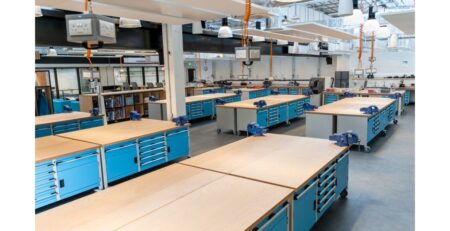
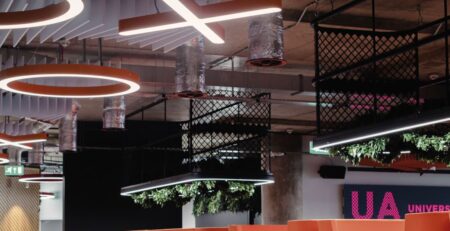
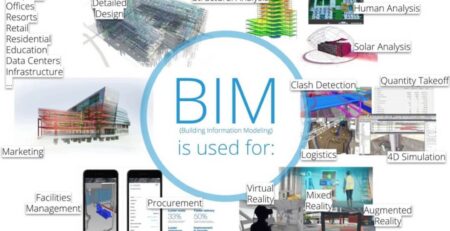
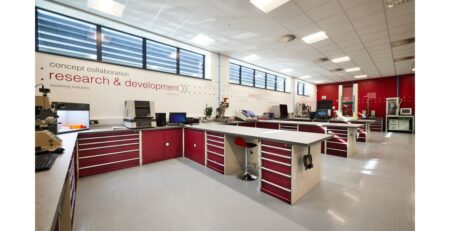


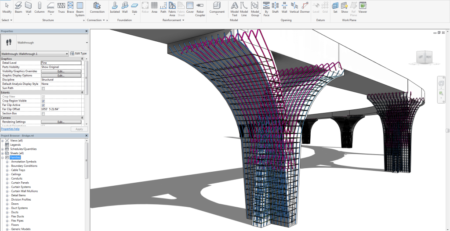

Leave a Reply